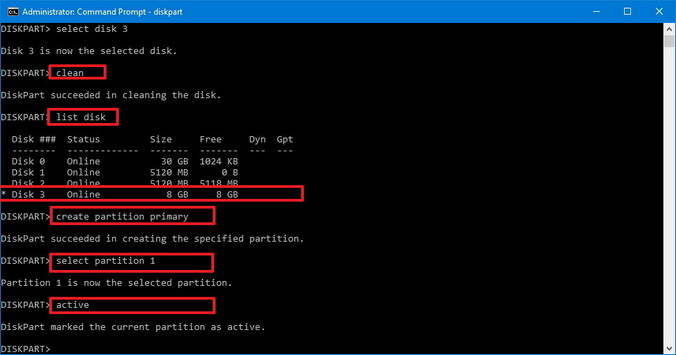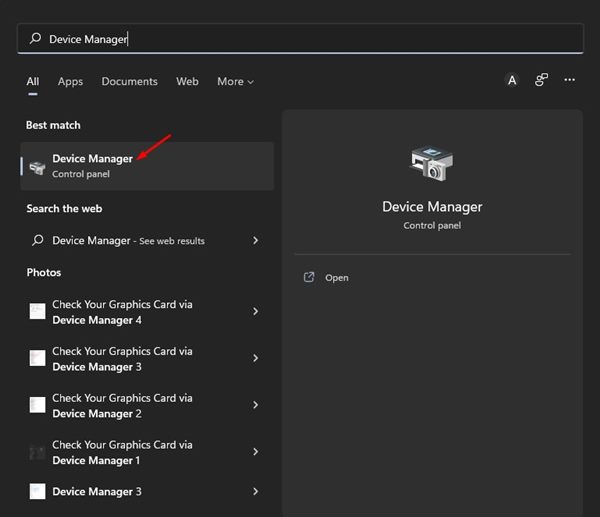

On GUID partition table (GPT) disks, the GPT partitioning information, including the Protective MBR, is overwritten.Ĭlean all does everything that clean does, but all data is zeroed (securely erased) so that it's not recoverable. On master boot record (MBR) disks, only the MBR partitioning information and hidden sector information are overwritten. MajorGeeks has numerous freeware and shareware partition management apps if you prefer a graphical user interface (GUI).Ĭlean removes all partition or volume formatting from the disk you selected.
#Disk part clean disk command windows
Finally, Diskpart will only work on Windows 10, 8, and 7. The drive will be erased, and you risk losing data, or your operating system if you select the wrong drive letter. Grab either the boot圆4(64 Bit CPUs) or bootia32(32 Bit CPUs) file from Utilities/LegacyBoot/ and place it on the root of your drive.TIP: Hard to fix Windows Problems? Repair/Restore Missing Windows OS Files Damaged by Malware with a few clicksīefore we begin, it's essential to know the difference between clean or clean all as well as understanding your drive letters. Once this is done, head back to your USB and do 1 final thing. From here, choose the boot1f32 file from Utilities/LegacyBoot/ in OpenCorePkg: Restore PBR Then head back to the main screen and select "Process PBR" then "Restore PBR".

Next, enter "Process MBR" then select "Restore MBR" and select the boot0 file from Utilities/LegacyBoot/ in OpenCorePkg: Restore MBR Next, open up BOOTICE and ensure you've selected the right drive. If your firmware does not support UEFI, see below instructions: Drive E, ensure it's not currently in use) # Select your partition # Running clean ensures we only have 1 partition so it will be "partition 1" select partition 1 # Format the drive as FAT32 format fs =fat32 quick # Convert to GPT # Due to an odd bug with BOOTICE and DuetPkg, MBR disks will fail to boot

You'll want to format the USB to have a FAT32 partition.On the bottom half, you'll see your devices. You should see all of your partitions and disks.Right click the Start Button on your task bar and select Disk Management.Simply open up Disk Management, and format your USB as FAT32: Here we'll be formatting our USB and adding macOS onto it, we have 2 options: Now with our installer downloaded, we'll next want to format our USB. This will take some time, however once you're finished you should get either BaseSystem or RecoveryImage files: If you've already mapped your USB ports (opens new window) and disabled XhciPortLimit, you can boot macOS 11.3+ without issues.CAUTION: With macOS 11.3 and newer, XhciPortLimit is broken resulting in boot loops (opens new window).macOS 12 and above note: As recent macOS versions introduce changes to the USB stack, it is highly advisable that you map your USB ports (with USBToolBox) before installing macOS.Getting started with ACPI (opens new window).Now with all this done, head to Setting up the EFI to finish up your work.


 0 kommentar(er)
0 kommentar(er)
